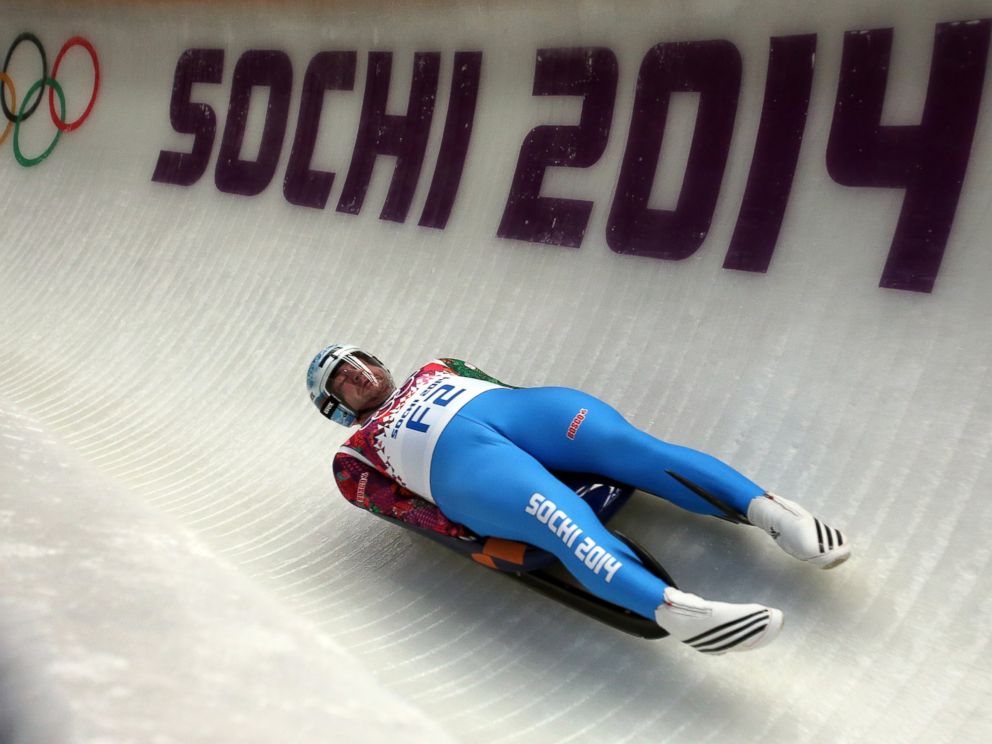

The mixed team relay event was added to the program in 2014.Įach nation is allowed to enter a maximum of three men, three women, two doubles teams and one relay team. There are four luge events that take place at the Olympics: men's singles, women singles, mens doubles and mixed team relay event. The sled rides on two sharp-bottomed blades known as runners, the only part of the sled that makes contact with the ice. The sled is made from fiberglass and steel and is custom-made for the athlete based on their height and weight. It includes gloves, boots, a helmet and the sled. The equipment involved is relatively simple. However, the slider can cross the finish line carrying their sled, and the run will still count. If a slider crosses the finish line without his sled, the run is thrown out, which means automatic disqualification since all of the run times count toward the final score. Skeleton is a much safer sport compared to luge.Olympic Flame Extinguished in Beijing, Italy Waves in Milano Cortina 2026 Luge is a feet first, face-up sport, whereas skeleton is a head first, face down sliding sport.ģ. The luge sled is a longer sled that has curved edges, whereas the skeleton sled is much heavier.Ģ. Hence, it’s really very difficult to guarantee the rider’s safety from being smashed against the cold solid ice at speeds of 85mph or greater.ġ. It is also important to note that both sled types don’t employ the use of breaks. Because of this ease of operation, there is little or less tendency for the skeleton rider to be wiped out during a turn. Controlling the skeleton sled is much easier, with just the use of fine body movements (shifting of weight) unlike in luge, where the rider needs to press the sled’s runners using their calves for better steering. Actually, it is considered to be the safest among all other sliding sports. However, skeleton is regarded to be much safer than luge. They are undoubtedly the fastest sliding sports during the Winter Olympics. With regard to safety, both one-person sliding sports are timed to the hundredth of a second. He is also facing down towards the track (like in a prone position). Contrary to the luge sled, the slider of the skeleton sled maneuvers in a head first fashion. It is a lot heavier, approximately 40 pounds more than the other. Its frame does not show the abovementioned features of the luge sled. Otherwise known as tobogganing, skeleton sport makes use of a rather different skeleton sled. Moreover, this type of sled is 6 to 9 inches longer than that of the skeleton sled. And the hard part is ‘“ it is a feet first, face up (supine position) sport. This feature allows the rider some control over his lower body in his descents to speeds as fast as 90 mph. In the luge sliding sport, the slider sleds or rides a pod made of aerodynamically designed fiberglass, with curved edges. Although they traverse similar tracks, their physical characteristics vary. There’s a peculiar difference between a skeleton sled and a luge sled. Here, instead of the player riding an enclosed sleigh type vehicle, both luge and skeleton sleds warrant the player to ride on a fragile-looking, tray-like sled, commonly termed pods. In this connection, two winter sporting events raise the danger level to the extreme. It usually takes the greatest amount of courage just to participate in one of these very unusual, not to mention, dangerous sports. The events showcased are truly nerve wrecking. Winter sports probably have the most unique of all sports known to man.


 0 kommentar(er)
0 kommentar(er)
